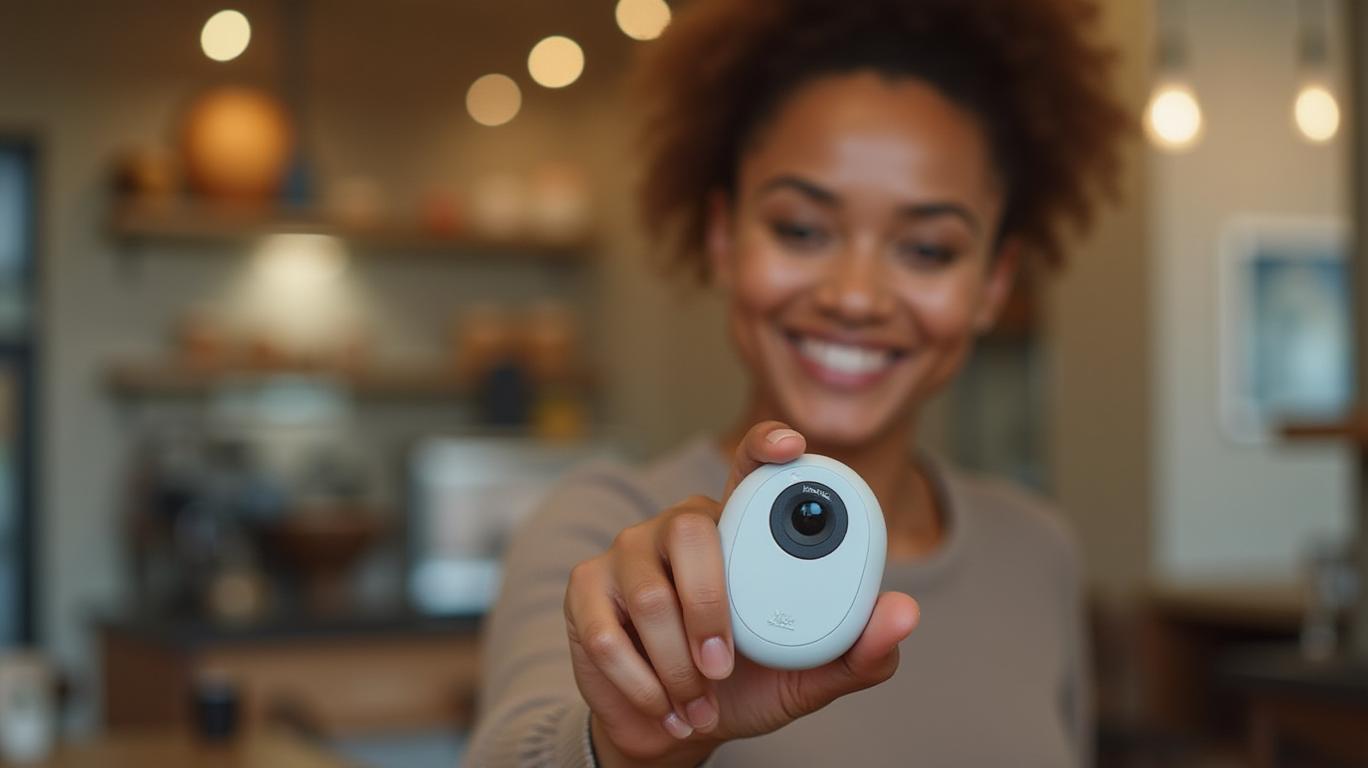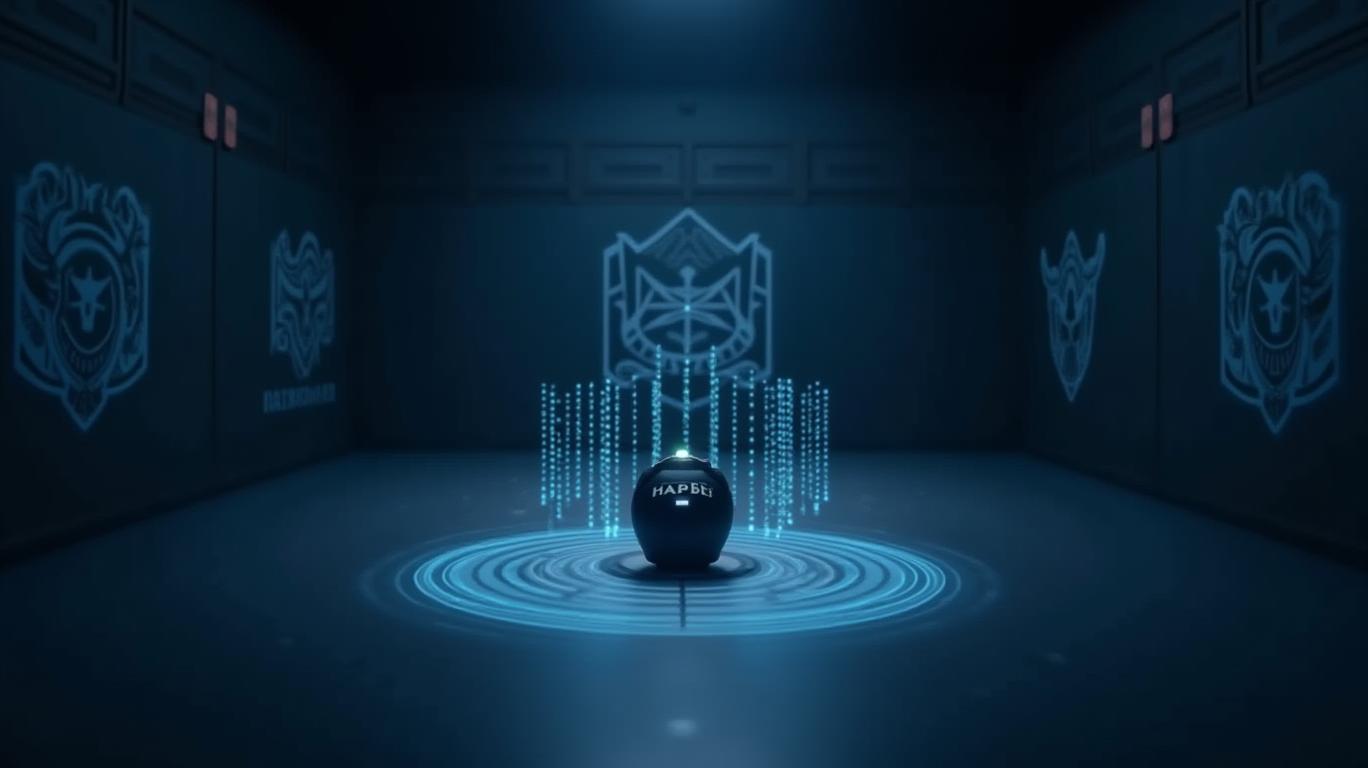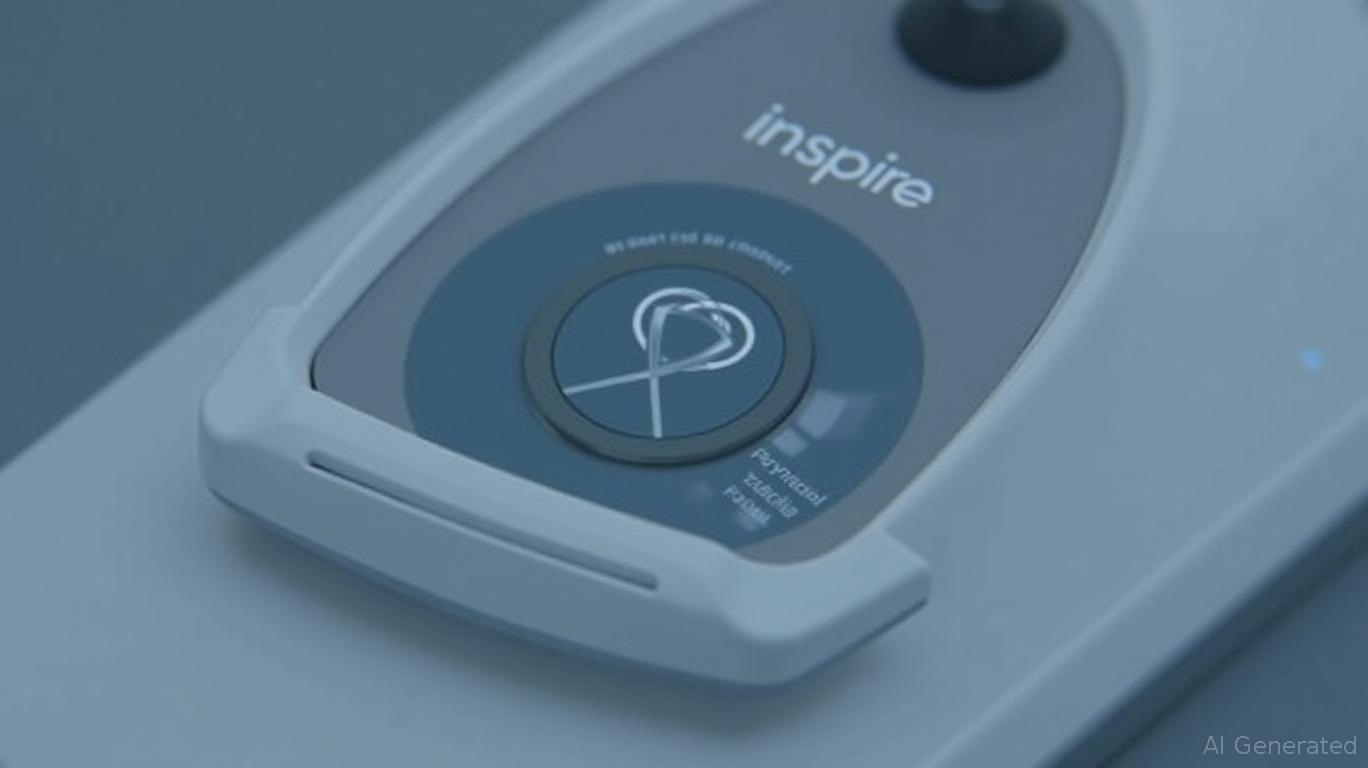Hapbee and Snooze: A Sleeper in the Wellness Tech Race?
The wellness technology sector is no longer just about apps and supplements—it’s now a full-blown retail battleground. Hapbee Technologies’ partnership with Snooze, the fastest-growing sleep and wellness retailer in the U.S., marks a strategic move to capitalize on the rising demand for experiential, in-person wellness solutions. This alliance could redefine how consumers interact with sleep and performance-enhancing tech, but the question remains: is this a winning bet for investors?

The Power of Experiential Retail
Snooze’s core strength lies in its “high-touch, personalized” in-store experience—a stark contrast to the impersonal nature of e-commerce. By embedding Hapbee’s bio-streamed devices into its retail footprint, Snooze transforms its stores into wellness hubs where customers can trial products like Hapbee’s wearable sleep aids and mood-boosting signals. This hands-on approach is critical in a category where skepticism about tech-driven wellness remains high.
The partnership’s timing is equally strategic. Hapbee’s newly launched Boosted Signals feature (available since April 2025) allows users to amplify wellness effects via the Hapbee app—a feature that’s likely to be front-and-center in Snooze’s stores. This combination of tactile interaction and on-demand tech could drive impulse purchases and brand loyalty, a dynamic investors should watch closely.
Snooze’s Growth: A Launchpad for Hapbee
Snooze’s Q1 2025 results underscore its ability to execute on growth. With a 15% year-over-year revenue increase to $120 million, and same-store sales up 8%, the retailer is proving its model works. By year-end 2025, Snooze aims to expand its store count to nearly 100 locations, a 20% increase from its current base.
This expansion isn’t just about numbers. Snooze is targeting markets like Texas and Florida—states with growing health-conscious populations—and doubling down on tech integrations like AI-driven inventory systems. For Hapbee, this means access to a scalable, data-optimized platform to test and refine its product rollout.
Hapbee’s Strategic Play: Scaling Beyond E-Commerce
Hapbee’s existing partnerships with Target and European hotels via the Gharieni Group have already expanded its reach, but physical retail offers a unique edge. While e-commerce dominates wellness sales, studies show that 70% of consumers prefer trying tech-driven wellness products in person before purchasing. By leveraging Snooze’s stores, Hapbee can convert curiosity into conversions—a metric that could boost its valuation.
The partnership also addresses a key vulnerability: production capacity. Hapbee’s announcement of expanded manufacturing and customer support aligns with Snooze’s aggressive growth, ensuring it can meet rising demand without bottlenecks.
Risks and Considerations
The deal isn’t without hurdles. Snooze’s same-store sales growth of 8%—while positive—hints at market saturation in mature locations. If new stores in Texas and Florida underperform, Hapbee’s visibility could suffer. Additionally, Hapbee’s forward-looking risks, such as delays in signal development, remain a wildcard.
Competitors like Withings and Fitbit are also doubling down on sleep-focused wearables, intensifying the race for shelf space. Investors should monitor Hapbee’s market share in Snooze stores and its ability to differentiate via features like Boosted Signals.
Conclusion: A Sleeper Turned Sleeper?
The Hapbee-Snooze partnership is a high-stakes bet on experiential retail’s potential to drive tech adoption in wellness. With Snooze’s 2025 target of 100 stores and its proven track record of same-store sales growth, the partnership has the legs to scale. Hapbee’s integration into Snooze’s “high-touch” model addresses a critical gap in its e-commerce-heavy strategy, while Snooze gains a proprietary tech edge over rivals.
For investors, the numbers are compelling: a 15% revenue jump at Snooze, paired with Hapbee’s expanding manufacturing capacity, suggests both companies are on a trajectory to capitalize on the $130 billion sleep tech market. Risks remain, but with Boosted Signals and Snooze’s physical footprint as tailwinds, this could be the sleeper hit of 2025.
In short, if you believe in the power of touchable tech, this duo is worth keeping on your radar.


_d6548da11749819995064.jpeg)























